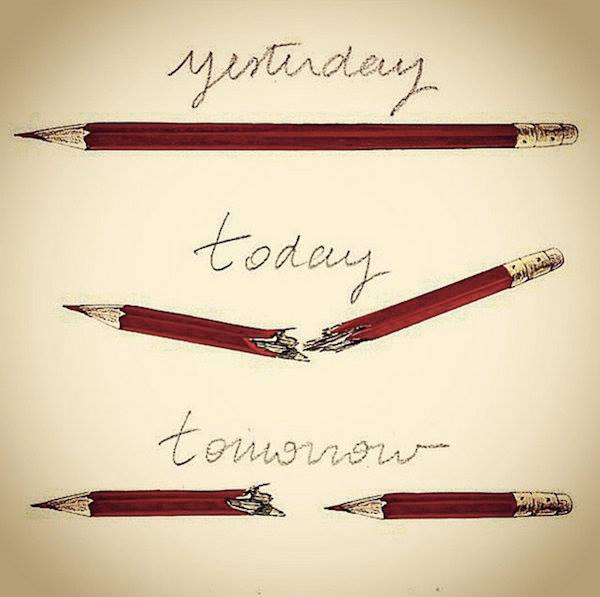When the fifth edition of MEDIA Salles’ Course ”DigiTraining Plus 2008” in London wrapped up its five-day-long event, attended by 45 participants from 14 different countries, one item was very clear: the business plan for (especially) small and medium-sized cinemas in Europe (and probably also elsewhere) was still far off in a hazy horizon.
Parallel to the expected roll-out in the US this year and 2009 basically nothing or very little happens in Europe apart from in the UK where public money (The UK Film Council) has equipped almost 300 screens of all sizes and locations with a 2K installation, with Arts Alliance Media as the technical partner. Apart from Norway no other country has so far initiated or even hinted at a similar solution. The situation is causing a lot of nervousness and bewilderment also because it is hard to see how the VPF system, now operating in the US, can be “applied” for European cinemas of smaller size. From the distributors’ point of view “the business is simply not there” to make it worthwhile.
Arts Alliance Media foresees that 7,000 screens will be helped out by the VPF system in Europe. What about the rest of Europe’s 20,000 screens? Part of the problem is of course the 2K format implemented by the DCI criteria (the US majors). An excellent standard, absolutely, that by far exceeds the needs of an average-sized European screen with 180 seats and a screen width of 8 meters. An expressed expectation that the Majors would “go easy” on the 2K-demand in overseas territories like India and China was shot down by XDC, Belgium, represented by Fabrice Testa. The forecast for surviving is therefore darkish for cinemas that have to rely on American product.
But also the art-cinemas throughout Europe are feeling the cold. President of CICAE, Detlef Rossmann, expressed his worries and looked forward to having a German model (a mix of VPF and Federal Film Board money) discussed in June with ministers and players from the industry. “The 1,300 big-chain screens can cope themselves – the rest, 3,500, will be destroyed”, was Rossmann’s attitude, “small European distributors cannot pay the same VPF as the big companies wherefore their films will not be screened. A diversified VPF might be the answer or a fee per ticket.” No big chain has yet invested in digital equipment in Germany.
During the course alternative content was presented and discussed galore. Opera seemed to be the big thing in many UK locations equipped with 2K projectors. Big and small. Direct transmissions from the Metropolitan or filmed opera versions from La Scala were extremely popular even at relatively high-priced tickets like 20 pounds. In a clearly small location, Hawkhurst in Kent, a small cinema (92 seats) has been installed in the former town meeting hall and does great business as a 100% digitalized cinema. Thanks to alternative content, first-run films, flexibility and diversity, the first cinema ever in this small town has prospered.
The message is clear: solve the financial problem and the future looks bright. A representative from a major chain in Scandinavia expressed his vision like this: “the big ones can look after themselves, the small rural ones will be supported by local governments/state for cultural reasons – the ones in between that do not have a particular profile or financial solidity will be left out in the cold”.
Jens Rykær
President
MEDIA Salles
http://www.mediasalles.it/dgt_online/index.htm
 Chatelin Bruno
Chatelin Bruno 


























